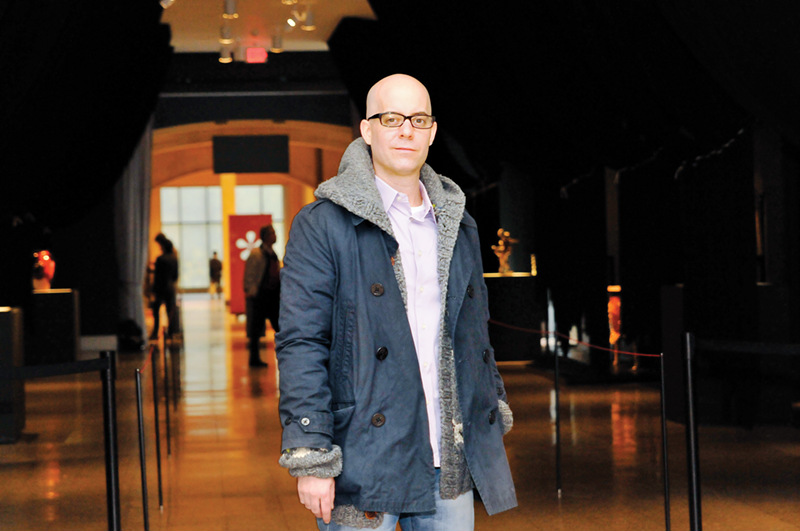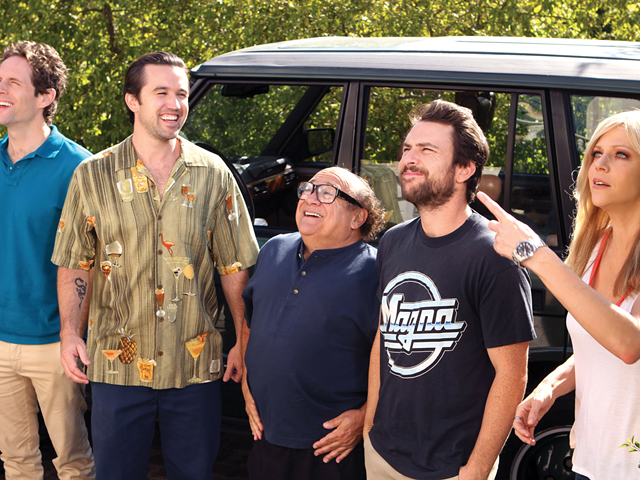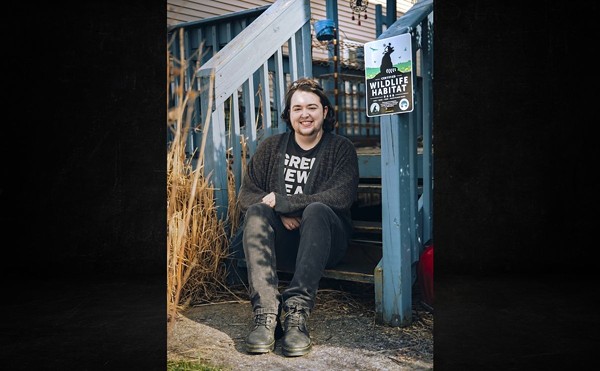On Monday, Todd Pavlisko conducted his commissioned artwork — a video piece he’s calling “Docent” — in which a retired military sniper fired a secured high-powered rifle inside the first floor of the Cincinnati Art Museum. The museum is closed to the public on Mondays.
As the bullet moved at 2,700-feet-per-second through the Schmidlapp Gallery — which holds a “greatest hits” sampling from all the museum’s collections — a battery of video and still cameras (and photographers) recorded the bullet’s flight until it landed inside a brass cube in the Great Hall. The flight path is 85-90 yards; a bullet was fired several times to capture the full journey on camera. The resultant video, along with documentation and two other pieces, will debut at a museum show on May 25. The brass cube will be included.
The primary high-definition video camera being used records at 100,000 images per second, so it will be able to see the bullet moving quickly. But since film is projected at a slower speed, the viewer of the video will see the event in more detail.
The piece had aroused concerns about its safety and its appropriateness, as well as just what its point is. As to the first issue, the museum told me Monday afternoon all went as planned. Planning and security both were meticulous. Because of tight restrictions, I couldn’t get in to observe it.
As to the point of this project, I talked with Pavlisko at the museum as he did some advance-planning last week. A native of nearby Oxford who has shown in Cincinnati previously, he has a master’s degree in New Genres from Carnegie-Mellon University’s prestigious graduate fine art program. He is acquiring a national reputation for his unusual contemporary art vision.
To him, this piece is about using science, math and physics — and collaboration with a person with a non-art background — to record and thus change the way we experience touring an art museum — thus the “Docent” title. He sees it as an institutional critique.
“But it’s the most endearing and positive critique,” he said. I asked what specifically it is critiquing. Do we move too fast through a museum to appreciate what we see? Or is art history moving too fast — faster than a speeding bullet — for us to keep up with?
“I like both of those,” he answered. “But moreover, the act of this being a ‘docent’ in a new, abstract way is enough for me. People will focus on those art pieces differently after a piece of art like this happens. It will force them to traverse that hallway in a far different way than they have. And I’m interested in this.”
Working with guns in art is hardly a new concept, in itself. As the art museum has pointed out, hunting has long been a subject of painters. (So, too, has war, of course.) In 1971, Chris Burden had an assistant shoot him in the arm for the performance piece, Shoot. And Harold Edgerton, a scientist and photographer, famously captured the impact of a bullet through fruit.
This piece could be rich in symbolism about art and time. But my misgivings, which I shared with Pavlisko, are about using the art museum as a setting. Our society is undergoing an ongoing national terrorism from within, in which people who should never have been able to acquire a gun use them to murder in places that should never have to witness their inherent violence — churches, schools, shopping centers, movie theaters. That is a very different thing — a crime — than a controlled art project like Pavlisko’s, but nonetheless this aspect of the project’s symbolism bothers me. Do we now add art museums to the list of violated spaces?
“To use an art-making tool like a gun and ignore the histories embedded in it is a difficult process,” he said. But that’s not what this is about, he explained. “These things can be tools for image-making. The weapon in this situation is a pencil, a paint stroke. When you look at it through that lens, it allows me and the audience to see that a gun can also be an object-maker, not something that has to be spoken about in those terms.”
CONTACT STEVEN ROSEN : [email protected]






